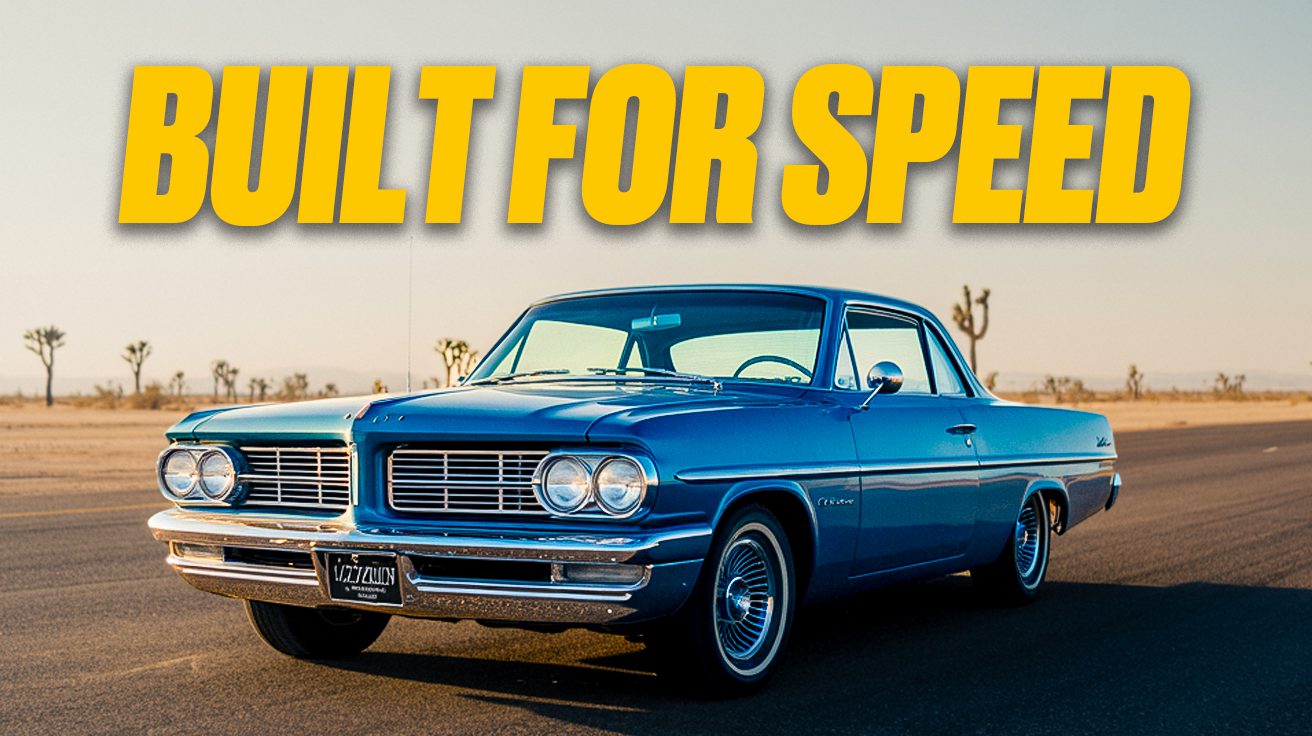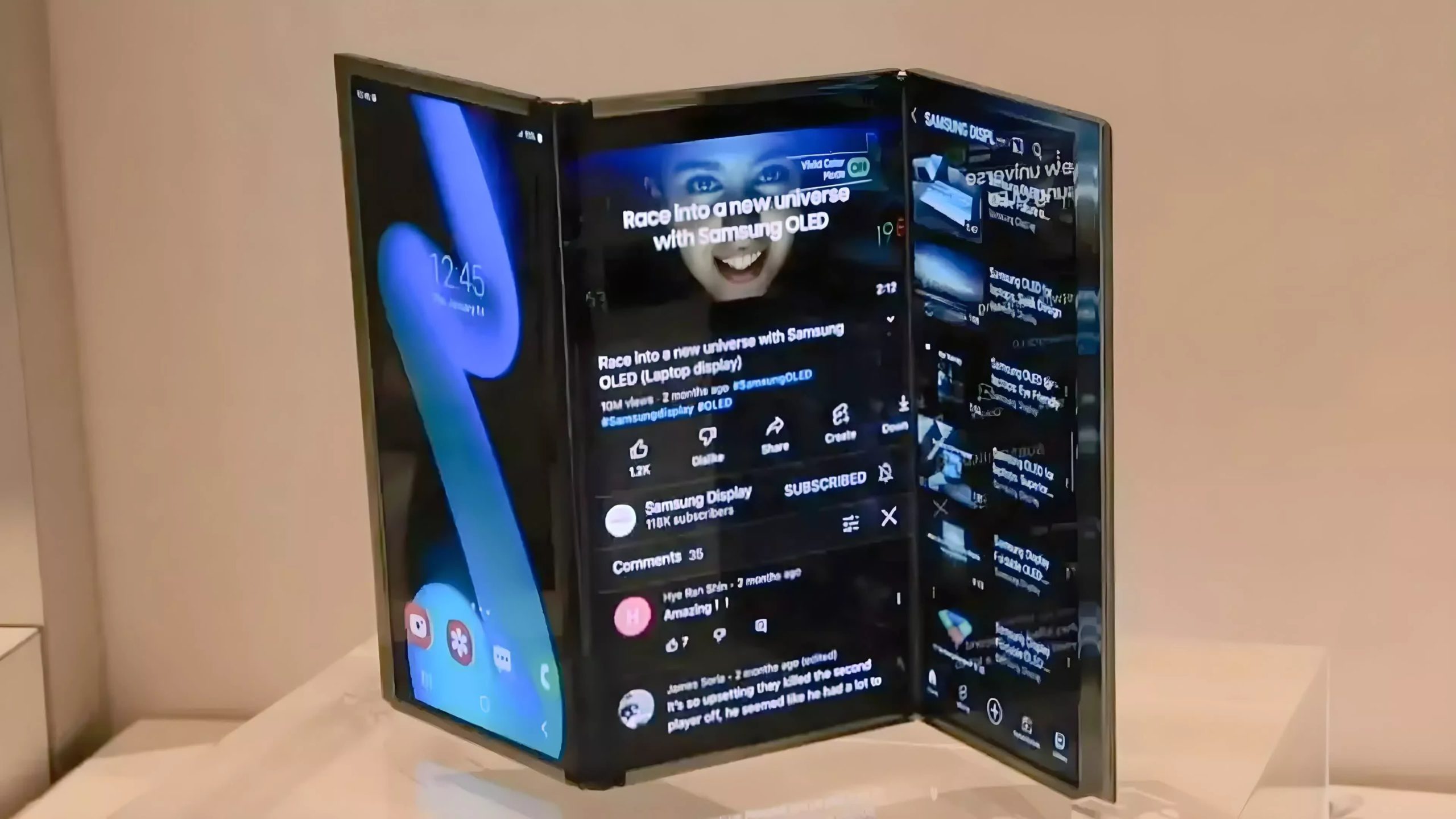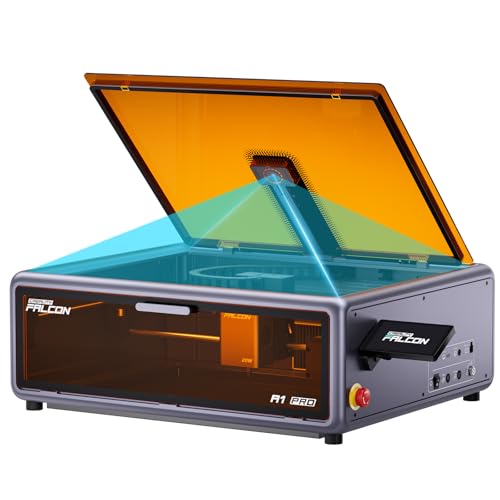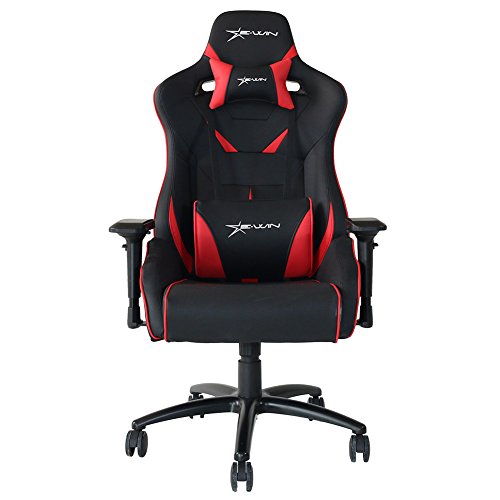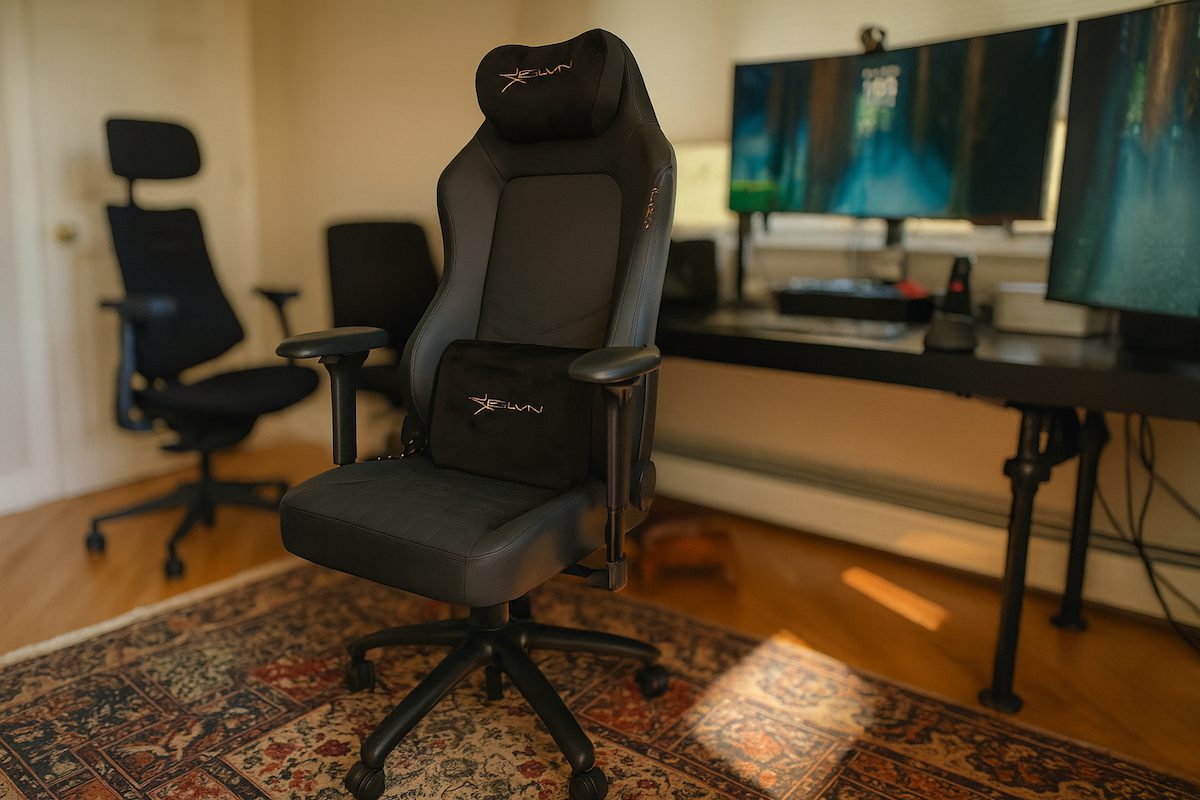Detroit hit different in 1962. Like your neighbor suddenly swapping his lawn mower for a leaf blower, American automakers decided subtle wasn’t selling anymore. This was the year horsepower stopped being a polite suggestion and became a full-throated declaration of intent. Quarter-mile times that once belonged exclusively to purpose-built race cars suddenly appeared in family sedan brochures.
Europeans kept building cars for Alpine passes while Americans built straight-line monsters that turned gas stations into frequent stops and suburban streets into impromptu proving grounds. While the legendary Ferrari 250 GTO managed 0-60 in 5.5 seconds and a quarter-mile around 14.8 seconds, Detroit’s finest were matching or beating those numbers at a fraction of the cost—and doing it with cars you could buy at any dealer.
10. 1962 Mercury Monterey S-55 390 (Exterior)

Mercury’s overlooked muscle sedan flew under most performance radars with understated styling that concealed 14.8-second quarter-mile capability. The S-55 package added subtle performance cues—dual exhausts, specific wheel covers, and restrained badging—that whispered about hidden power rather than shouting. Flowing lines stretched over substantial proportions that balanced luxury appeal with athletic potential.
Chrome accents remained tasteful while the lowered stance hinted at performance suspension modifications. At roughly 4,100 pounds, the Monterey’s substantial mass helped straight-line stability during high-speed runs. Mercury priced the S-55 aggressively at around $3,400, positioning it as an upscale alternative to mainstream muscle while undercutting premium luxury brands.
1962 Mercury Monterey S-55 390 (Interior)

The S-55 cabin elevated Mercury above typical family sedan territory with genuine luxury appointments. Premium vinyl upholstery and authentic wood-grain trim created an environment that felt genuinely upscale rather than merely expensive. The available four-speed manual transmission featured a console-mounted shifter that transformed the driving experience from mundane to engaging.
Comprehensive instrumentation included a tachometer and performance gauges that provided useful information during spirited driving. This was proof that Mercury could build interiors worthy of the performance lurking under the hood—luxury and speed weren’t mutually exclusive concepts.
9. 1962 Ford Galaxie 500 XL 406 (Exterior)

Ford’s “Total Performance” philosophy transformed the Galaxie from a family hauler into a street predator capable of 15.8-second quarter-mile runs. The XL package added performance styling cues that didn’t scream but whispered about the 406 cubic inch fury under the hood. Purposeful proportions stretched over 4,000 pounds of Detroit steel, creating dimensions that suggested both luxury and latent violence.
The dual exhausts and subtle performance badges were Ford’s way of letting knowledgeable enthusiasts know this wasn’t your neighbor’s grocery getter. Chrome accents remained tasteful while the aggressive stance hinted at the NASCAR-bred suspension underneath. Base Galaxie 500 XL pricing started around $3,200, with the high-performance 406 V8 adding approximately $400 to the final sticker.
1962 Ford Galaxie 500 XL 406 (Interior)

The XL interior package elevated the Galaxie’s cabin above typical family sedan fare with upgraded materials and thoughtful design. Enhanced upholstery and genuine wood-grain trim created an environment worthy of the performance lurking beneath. Three-speed manual or optional automatic transmissions put power delivery entirely at the driver’s discretion.
The instrument cluster included a tachometer—revolutionary for full-size sedans—while the console shifter added sporting pretensions to an otherwise luxurious environment. This was Ford’s proof that performance didn’t require sacrificing comfort or style.
8. 1962 Pontiac Catalina Super Duty 421 (Exterior)

Pontiac engineers weren’t satisfied with competitive—they demanded domination through a 13.0-second quarter-mile performance. The Catalina’s understated exterior concealed radical weight-saving measures, including the famous “Swiss cheese” frame, literally drilled with holes to reduce mass. Factory aluminum body panels replaced steel components wherever possible without compromising structural integrity.
Subtle Super Duty badging was the only external hint at the 421 cubic inch monster lurking beneath the conservative styling. Restrained design and minimal chrome created an aesthetic that whispered rather than shouted, allowing this performance predator to surprise unsuspecting competitors at traffic lights. Base Catalina pricing started around $3,000, but the Super Duty package commanded premium dollars that reflected its specialized engineering and limited availability.
1962 Pontiac Catalina Super Duty 421 (Interior)

The cabin reflected Pontiac’s race-first philosophy through strategic deletions and reinforcements. Sound deadening, heaters, and luxury amenities disappeared to save weight, while the reinforced floor pan and heavy-duty transmission tunnel accommodated the massive torque output. Competition-style seating provided adequate support during straight-line acceleration runs.
Factory disclaimers warned against street use—a legal wink-and-nod that enhanced the car’s outlaw appeal among serious enthusiasts. The manual transmission and comprehensive gauge package provided the essential controls needed to achieve consistent 13.0-second quarter-mile times.
7. 1962 Shelby Cobra 260 (Exterior)

Carroll Shelby’s genius formula was deceptively simple: lightweight British elegance meets American V8 fury in a package capable of 12.5-second quarter-mile runs. The AC Ace’s graceful curves remained intact while functional air scoops and side exhausts announced the Ford 260 cubic inch transplant to anyone paying attention. At just 2,100 pounds, every design element prioritized weight reduction over comfort or convenience.
The Cobra’s proportions seemed impossible—how could something so small contain such violence? Racing stripes were optional, but the car’s aggressive stance and purposeful details made additional ornamentation redundant. Pure automotive essence distilled to its most elemental form. With no traditional MSRP, Cobras were sold through select dealers for approximately $5,500—expensive but justified by the unprecedented performance-to-weight ratio.
1962 Shelby Cobra 260 (Interior)

The cockpit made no concessions to luxury or weather protection. Minimalist instrumentation included only essential gauges, while the racing-style seats provided adequate support during acceleration runs that could exceed 4 Gs. No radio, no heater, no power accessories—everything that didn’t contribute to speed was eliminated.
Aircraft-inspired controls and aluminum dashboard reflected pure functionality over form. A barely civilized race car that grudgingly accepted license plates and street registration. Quarter-mile times consistently dropped below 13 seconds, with optimal runs reaching 12.5 seconds—numbers that embarrassed European exotics costing three times more, including the contemporary Jaguar E-Type (15.1 seconds) and even the mighty Ferrari 250 GTO (estimated 14.8 seconds).
6. 1963 Studebaker Avanti R2 (Exterior)

Studebaker’s final masterpiece looked like it escaped from a 1975 design studio, delivering a 15.5-second quarter-mile performance wrapped in revolutionary styling. The Avanti’s fiberglass body eliminated conventional chrome trim in favor of sculptural lines that made contemporary designs appear dated overnight. Functional front air scoops and a distinctive “Coke bottle” silhouette created proportions that photographers still chase today.
The built-in roll bar wasn’t just safety equipment; it was visual drama that separated the Avanti from everything else on American roads. At roughly 3,400 pounds, the fiberglass construction kept weight reasonable while the radical styling announced that Studebaker refused to die quietly. Starting at $4,445 for the base model, the R2 supercharger package added just $210, making it one of history’s greatest performance bargains. Total R2 production reached 1,833 units across 1963-1964, making these supercharged Avantis genuinely rare today.
1963 Studebaker Avanti R2 (Interior)

Aircraft-inspired dashboard design reflected Raymond Loewy’s industrial design genius. Round gauges clustered in a logical layout, while toggle switches and aluminum trim created a cockpit atmosphere that felt more fighter jet than family car. The roll bar’s interior padding doubled as both safety equipment and a design element.
High-backed seats provided support during spirited driving while the center console housed the supercharger controls and transmission selector. Every surface reflected careful consideration—industrial art that happened to transport people rather than mere automotive design.
5. 1962 Chevrolet Corvette 327 Fuelie (Exterior)

America’s sports car achieved visual maturity in its final straight-axle year, capable of 15.2-second quarter-mile runs that embarrassed European exotics. The Corvette’s fiberglass body eliminated excess chrome while retaining the aggressive stance that made European competitors look timid. Functional side exhausts and the distinctive “ducktail” rear end created proportions that photographers still worship six decades later.
The Roman Red paint option transformed this Corvette into rolling art, while the fuel injection badges announced serious mechanical intentions to anyone who understood automotive alphabet soup. At 2,900 pounds, the lightweight construction finally matched the car’s performance aspirations. Base Corvette pricing started at $4,038, with the fuel injection system adding a substantial $484 premium, roughly equivalent to $4,700 today.
1962 Chevrolet Corvette 327 Fuelie (Interior)

Cockpit-style instrumentation faced the driver with serious business: tachometer, oil pressure, and water temperature gauges that mattered during spirited driving. Black vinyl seats provided adequate support while the optional four-speed manual transmission put power delivery entirely in the driver’s hands.
The passenger compartment prioritized function over luxury—no power accessories or creature comforts distracted from the driving experience. America’s first serious attempt at building a proper sports car interior, complete with purposeful control layout and driver-focused ergonomics.
4. 1962 Chevrolet Impala SS 409 (Exterior)

The Beach Boys immortalized this Chevrolet for good reason—the Impala SS combined full-size luxury with 12.8-second quarter-mile performance in proportions that photographers still worship. Flowing lines stretched over substantial dimensions while subtle SS badging hinted at the power beneath for knowledgeable enthusiasts. The optional dual exhausts created a soundtrack that matched the car’s aggressive capabilities.
Chrome accents remained tasteful while the lowered stance hinted at performance suspension modifications underneath. At roughly 3,900 pounds, the Impala achieved the ideal balance between substantial presence and drag strip credibility. Base Impala pricing started around $2,800, with the SS package and 409 V8 option pushing the final cost toward $3,500—democratizing supercar performance for middle America.
1962 Chevrolet Impala SS 409 (Interior)

Enhanced seating and a center console elevated the SS’s cabin above typical family sedan accommodations. The optional four-speed manual transmission included a console-mounted gear selector that added sporting pretensions to an otherwise luxurious environment. Full instrumentation included a tachometer—revolutionary for full-size cars—and performance gauges that provided useful information during spirited driving.
Unlike limited-production specials, any Chevrolet dealer could order the SS 409, democratizing world-class performance for middle America. Proof that supercar acceleration didn’t require European pedigree or exotic materials—just American engineering and the courage to build it.
3. 1962 Plymouth Savoy 413 Max Wedge (Exterior)

Plymouth’s sleeper sedan mastered the art of automotive deception with 14.0-second quarter-mile capability hidden beneath conservative styling. Understated proportions concealed the nuclear option lurking beneath that unassuming hood, while subtle Max Wedge badges were the only hints at the 413 cubic inch monster within. Factory aluminum front-end components and deleted chrome trim pieces revealed Plymouth’s weight-saving obsession to anyone paying attention.
The functional hood scoop broke the sedan’s polite facade, telegraphing high-performance intentions to those who understood the cues. At 3,200 pounds, this stripped-down missile looked like your accountant’s daily driver but moved like a Saturn V rocket when the throttle opened. Base Savoy pricing started around $2,500, but the Max Wedge package added significant cost to what became one of 1962’s rarest factory hot rods.
1962 Plymouth Savoy 413 Max Wedge (Interior)

Spartan doesn’t begin to describe Max Wedge’s cabin philosophy. Plymouth deleted sound deadening, heaters, and any amenities that added weight, creating an interior that prioritized function over comfort. The reinforced floor pan and heavy-duty transmission tunnel spoke to the massive torque this drivetrain could unleash.
Competition seating and a manual transmission were the only concessions to driver engagement. Everything else—dashboard, door panels, even the radio—was either simplified or eliminated. A factory-built drag racer that grudgingly allowed you to drive it on public roads rather than mere transportation.
2. 1962 Dodge Dart 413 Max Wedge (Exterior)
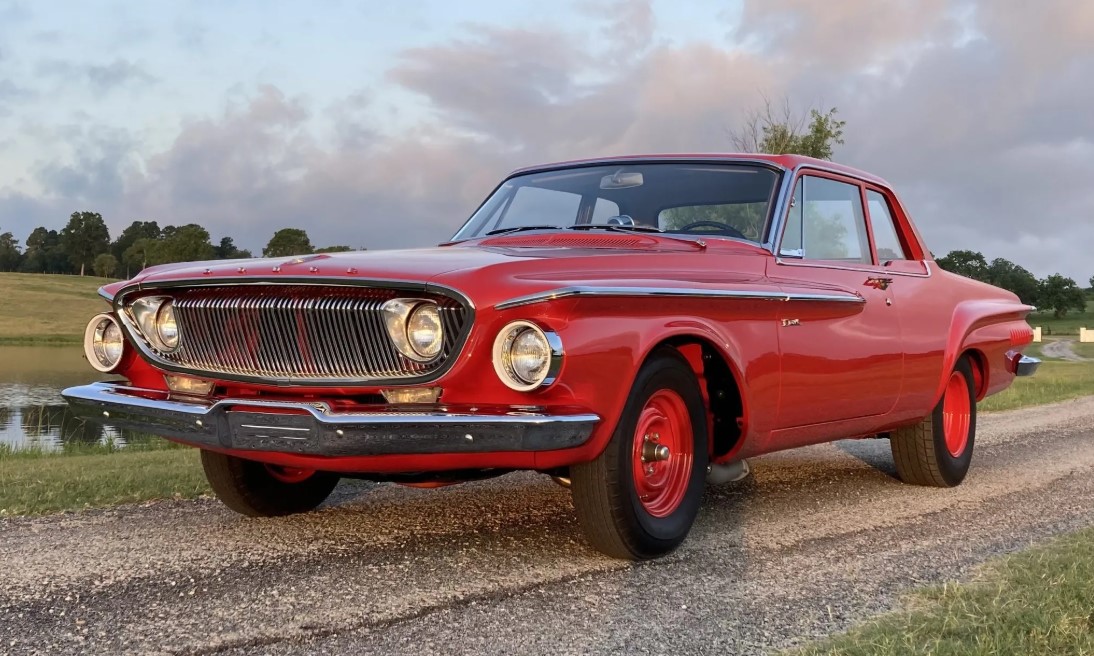
Compact car meets nuclear engine in physics-defying packaging that delivers 13.8-second quarter-mile performance. The Dart’s modest dimensions barely contained the massive 413 cubic inch Max Wedge V8, creating proportions that seemed impossible until you understood Chrysler’s engineering determination. The prominent hood scoop was the only external hint that this wasn’t another economy special.
Minimal chrome trim and deleted weight-saving elements revealed Dodge’s drag racing priorities to anyone paying attention. At just 3,300 pounds, the Dart achieved a power-to-weight ratio that bordered on dangerous—automotive dynamite disguised as everyday transportation. Base Dart pricing started around $2,300, but the Max Wedge transformation pushed the final cost toward $3,500 for what became one of the decade’s most potent sleepers.
1962 Dodge Dart 413 Max Wedge (Interior)
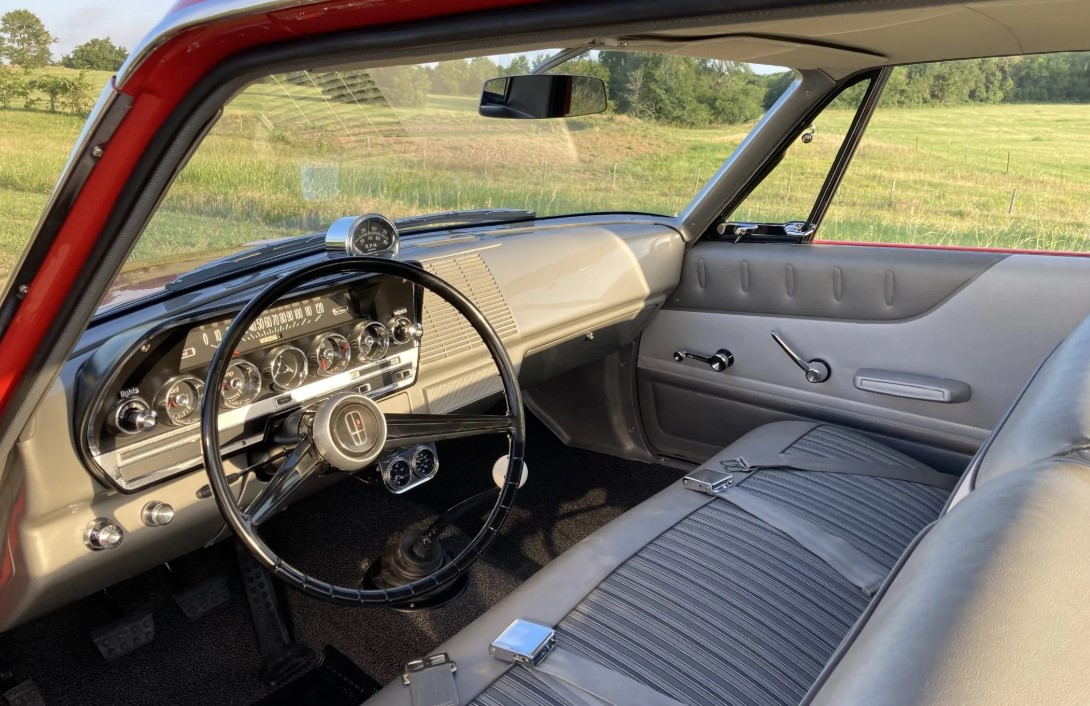
Spartan accommodations reflected Max Wedge’s single-minded focus on straight-line performance. Dodge deleted sound deadening, creature comforts, and anything else that added unnecessary weight. The reinforced floor pan and heavy-duty transmission tunnel were the only hints at the massive torque lurking beneath.
Basic seating and a manual gearbox provided the essential controls needed to unleash quarter-mile times in the high 13s. Radio delete was standard—when your car sounds like controlled explosions, external entertainment becomes redundant.
1. 1962 Plymouth Fury Super Stock 413 (Exterior)
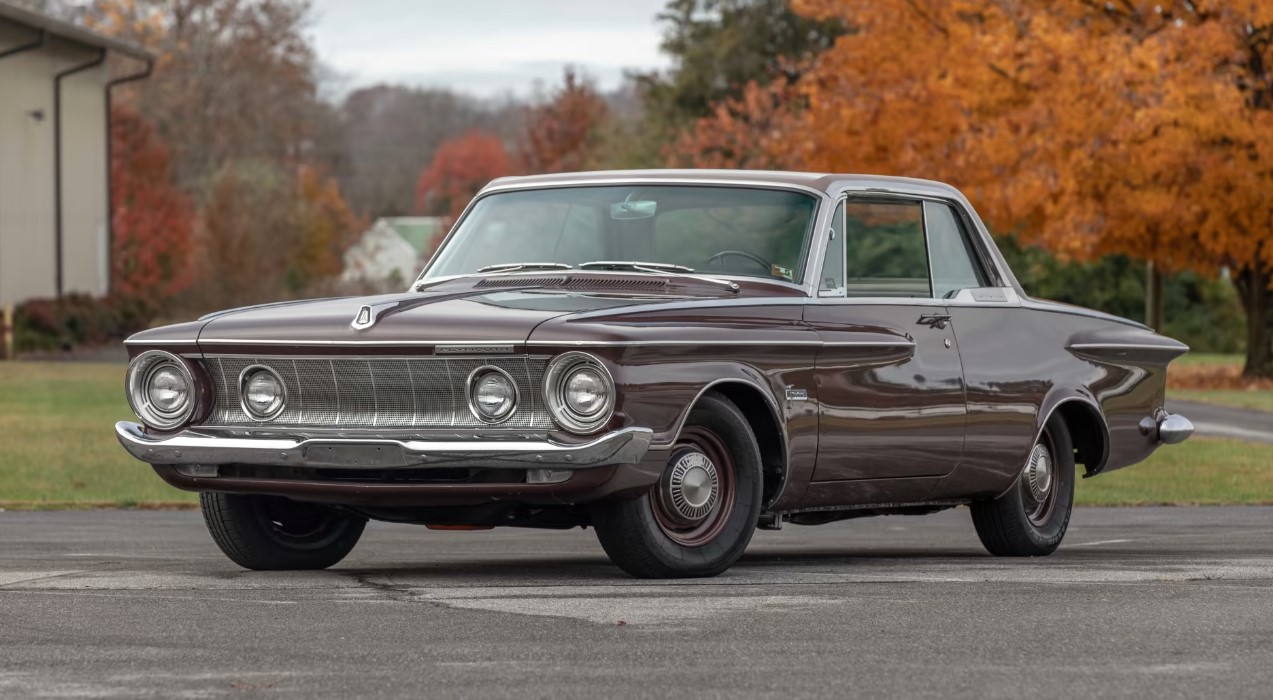
Plymouth built exactly what the name promised: a street-legal Super Stock drag car capable of 13.2-second quarter-mile runs. Factory aluminum body panels replaced steel components wherever possible, while deleted chrome trim and simplified exterior elements revealed weight-saving obsessions. The massive hood scoop dominated the front end, broadcasting high-performance intentions to anyone within visual range.
At roughly 3,400 pounds, the Fury achieved the ideal balance between structural integrity and drag strip performance. Functional air intakes and minimal brightwork created an aesthetic that prioritized speed over style—a missile with license plates rather than conventional transportation. With just 57 Plymouth Fury Super Stock units built in 1962 (part of only 298 total Max Wedge Plymouths), these factory race cars commanded premium dollars that reflected their extreme rarity and specialized nature.
1962 Plymouth Fury Super Stock 413 (Interior)

The cabin reflected Plymouth’s race-first philosophy with uncompromising honesty. Sound deadening, heaters, and comfort amenities were deleted to save weight, creating an environment that prioritized function over luxury. The reinforced floor pan and heavy-duty transmission components spoke to the massive torque this drivetrain unleashed.
Competition-grade seating and a manual transmission provided the essential controls needed to achieve quarter-mile times in the low 13s. Everything else—dashboard, door panels, even the radio—was either simplified or eliminated. Only 57 Super Stock Furys were built, making this one of 1962’s rarest speed machines—and arguably the first true muscle car, beating the famous 1964 GTO by two full years while delivering superior performance.


